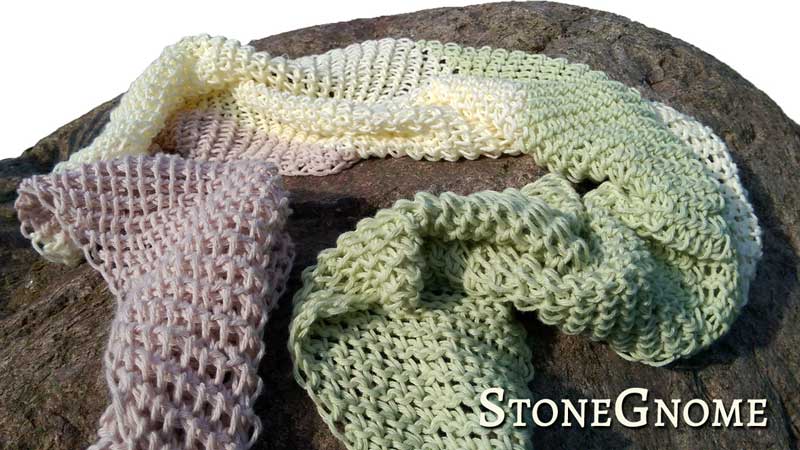
Then, how to hold the hook? And how to avoid pain, if you want to crochet a lot?
Crochet Love · Crochet & Tunisian Crochet · Studying, Developing, and Teaching Crochet Techniques








 Did you ever think about how many different crocheted ribbings there exist? I think most of us just do whatever a pattern tells us - or you find a page telling you 'how to crochet a ribbing'. As in one ribbing.
Did you ever think about how many different crocheted ribbings there exist? I think most of us just do whatever a pattern tells us - or you find a page telling you 'how to crochet a ribbing'. As in one ribbing.


 YEAH! A new pattern has been released! It is a sideways hat. Made completely from the Top Stitch Rib pattern. I've nursed the top, so it is ribbed almost all the way to the top center.
YEAH! A new pattern has been released! It is a sideways hat. Made completely from the Top Stitch Rib pattern. I've nursed the top, so it is ribbed almost all the way to the top center.